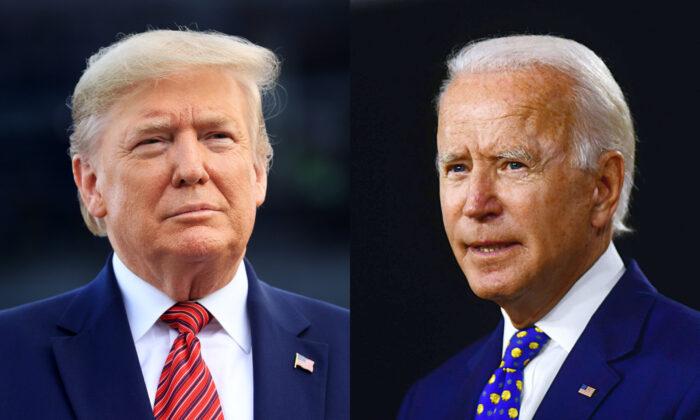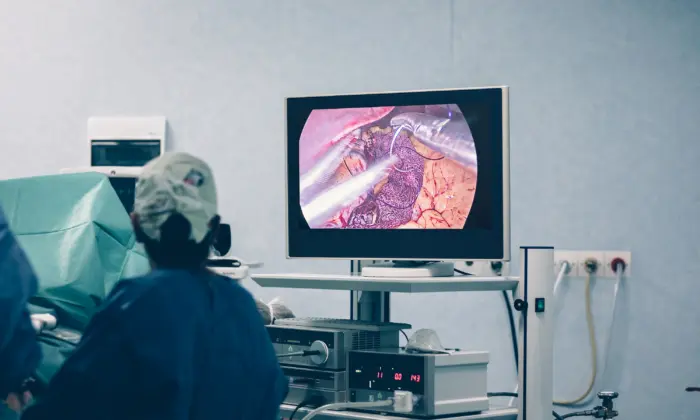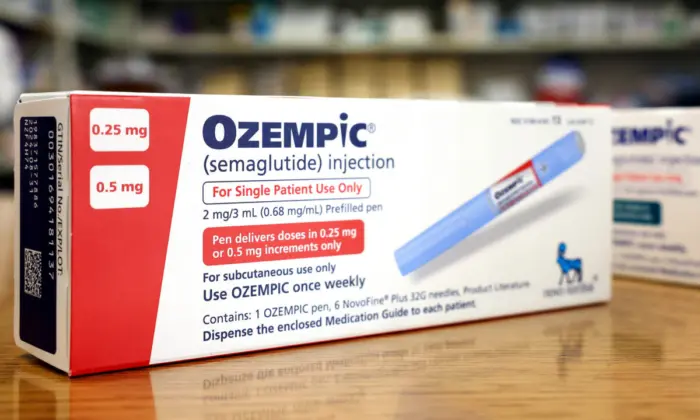American voters have been witnessing “a tale of two campaigns” with less than a week left to election day.
Trump’s schedule seems to be becoming more intense as election day draws near.
In contrast, Democrat nominee Joe Biden, who turns 78 next month, has kept a highly noticeable low profile during his campaign.
After the final debate with Trump last Thursday, Biden held no campaign events on Friday or Sunday, only a drive-in rally in Newtown, Pennsylvania.
On Monday, Biden had no events scheduled, but made an unannounced appearance in Chester, Pennsylvania, 15 miles from his home in Wilmington, Delaware.
Biden’s visit to Iowa was also confirmed.
Biden has often been criticized by Trump for his lack of public appearances and apparent lack of energy and work ethic.
Trump told reporters that Joe Biden “waved a white flag on life,” and “this guy doesn’t leave his basement. He is a—he’s a pathetic candidate,” before his rally started in Pennsylvania on Monday.
Biden defended his light schedule Monday in Chester, Pennsylvania.
“The reason it looks like we’re not traveling, we’re not putting on superspreaders,” Biden told reporters. He later added that “there has not been a day that hasn’t been a 12-hour day yet.”
“I’m not trying to avoid [campaigning]. But I’m trying to set an example as to how we should proceed in terms of dealing with this health and economic crisis,” Biden said in an interview with ABC’s “Good Morning American” in May.
However, Biden’s wife Jill, his running partner Kamala Harris, and former President Barack Obama have been campaigning in different places all over the country for the past several weeks.
Biden’s campaign had $162 million cash on hand on Oct. 14, compared to $46.3 million from Trump’s side, according to the Federal Election Committee.
Some Democrats don’t think more rallies will bring more votes for Trump.
On the other hand, Trump and his team believe that their in-person rallies have been rewarding.
Trump’s campaign said each event generates local media coverage that equates to tens of millions of dollars in paid advertising.
The current situation is reminiscent of 2016 when then-Democratic nominee Hillary Clinton enjoyed a considerable polling lead but lost the election. She had been criticized for not campaigning enough before the election, especially in some key states such as Wisconsin.





